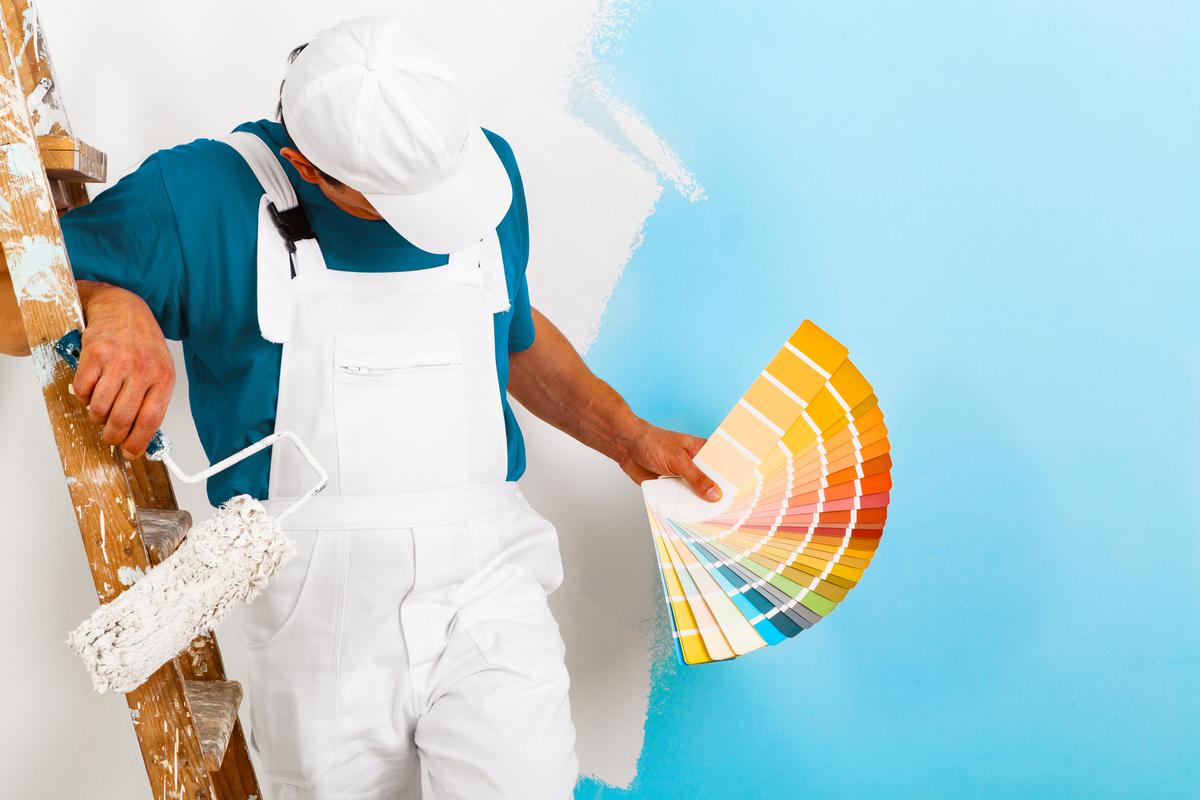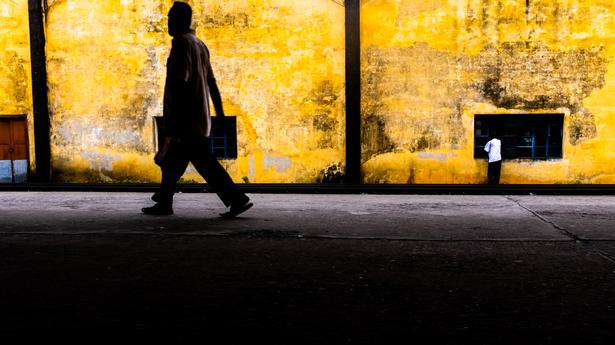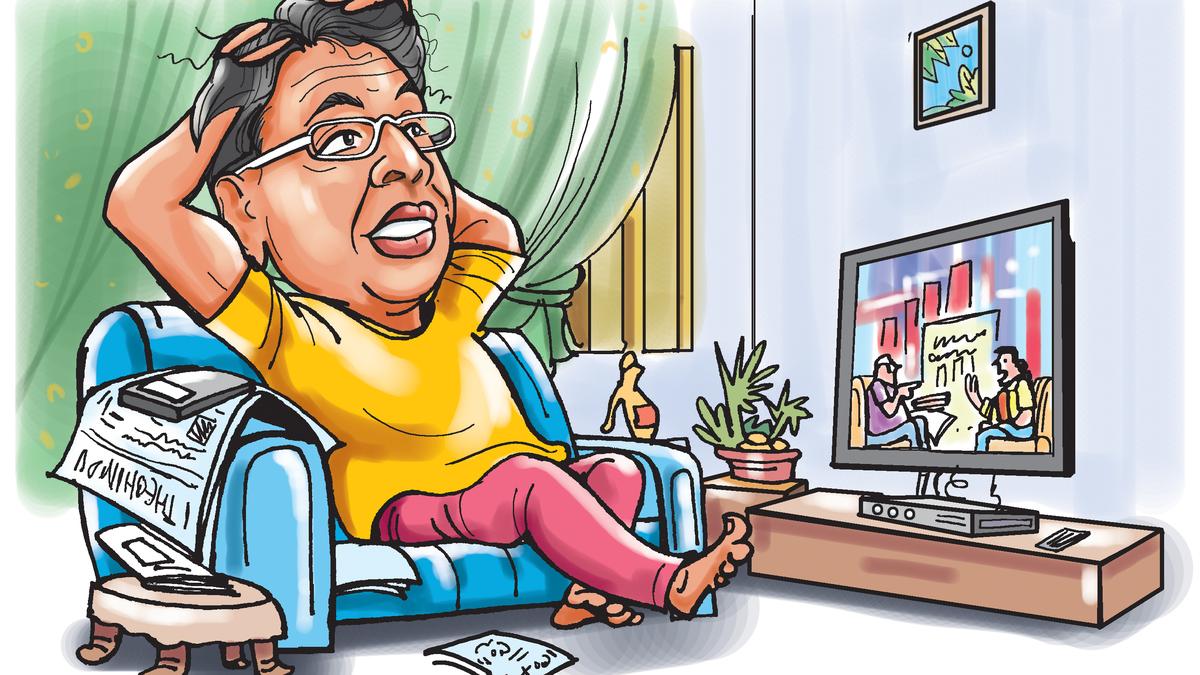Interior paints are more than what meets the eye. Remember a few things before sprucing up your home
Interior paints are more than what meets the eye. Remember a few things before sprucing up your home
For a good chunk of the two years of the pandemic, we were all stuck within the confines of our homes. Many a conversation back then centred on the mental repercussions of being forced to stay at home or to work from them. Fitness was discussed. So were new hobbies. Talks also touched upon rediscovering familial bonds. The pandemic brought us together with our near and dear ones under our roofs.
The world has started opening up again. Our homes continue to remain our offices, courtesy the hybrid workplace evolution. But something that has never been given attention is within our four walls. It’s interior paint.
On an average, a child under six weeks of age breathes 86,400 times a day; three times more as compared to a normal adult. In a recent research, 70% of parents agreed that their children spend nearly eight to 20 hours a day indoors. Even as the ebb and flow of the pandemic in the recent months have affected these numbers to a certain extent, it is safe to say that we as a family do spend a significant amount of time inside our residences.
While AQI (Air Quality Index) is an acronym that everyone is rightly concerned about, its indoor cousin IAQ (Indoor Air Quality) too has a direct bearing on our lives. Recent reports indicate that in the post-pandemic era, there are times when the IAQ in our country can shoot up to values that are nearly 10 times that of the corresponding AQI.
Sensitive issues
Most interior paints that compromise our IAQ comprise volatile organic compounds (VOC). Studies have shown that one among every five people is hypersensitive to formaldehyde, a VOC additive that is found in many interior paints.
While formaldehyde had initially found its way into interior paints as an inhibitor of bacterial and fungal growth, an absence of such an additive too can have consequences. As per recent studies, 76% of children in India use walls for support while learning how to walk. The walls better be clean.
But considering that it is an industry that has grown leaps and bounds over the years (currently worth ₹500 billion in India), while being focussed on innovation, the interior paints of today have come a long way.
The incorporation of silver ion technology in recent products ensure that the colours inside your residences are friendly. All this while being safe for both humans and pets alike. Skimping on the premium such features entail might seem like a good idea in the short run. But it isn’t in the larger scheme of things. Especially when you know that the paint that you use inside your house has the potential to make life better.
With all this in mind, you might think of letting the walls of your houses be just plain, red bricks. But considering that life needs colour, there are certain checks that you can keep in mind before you decide to jazz up your walls:
1. Unique Absorption Technology (UAT): Embedded in a polymer backbone, it helps interior paints continuously remove formaldehyde from air.
2. Keep an eye on the paint’s virus resistance: Anti-bacterial, anti-allergic, and anti-odour traits are a must.
3. Durability matters: Recent studies have found that curbing children’s play time, be it indoors or outdoors, has a 20% probability of causing stress. Recent innovations like dirt pick-up resistance and other colour lock technologies ensure that the next time your young ones scribble away to their heart’s content on the walls inside your homes, cleaning up after them is neither that big a hassle nor does it take away the sheen of your interiors.
The writer is president, Nippon Paint India.








